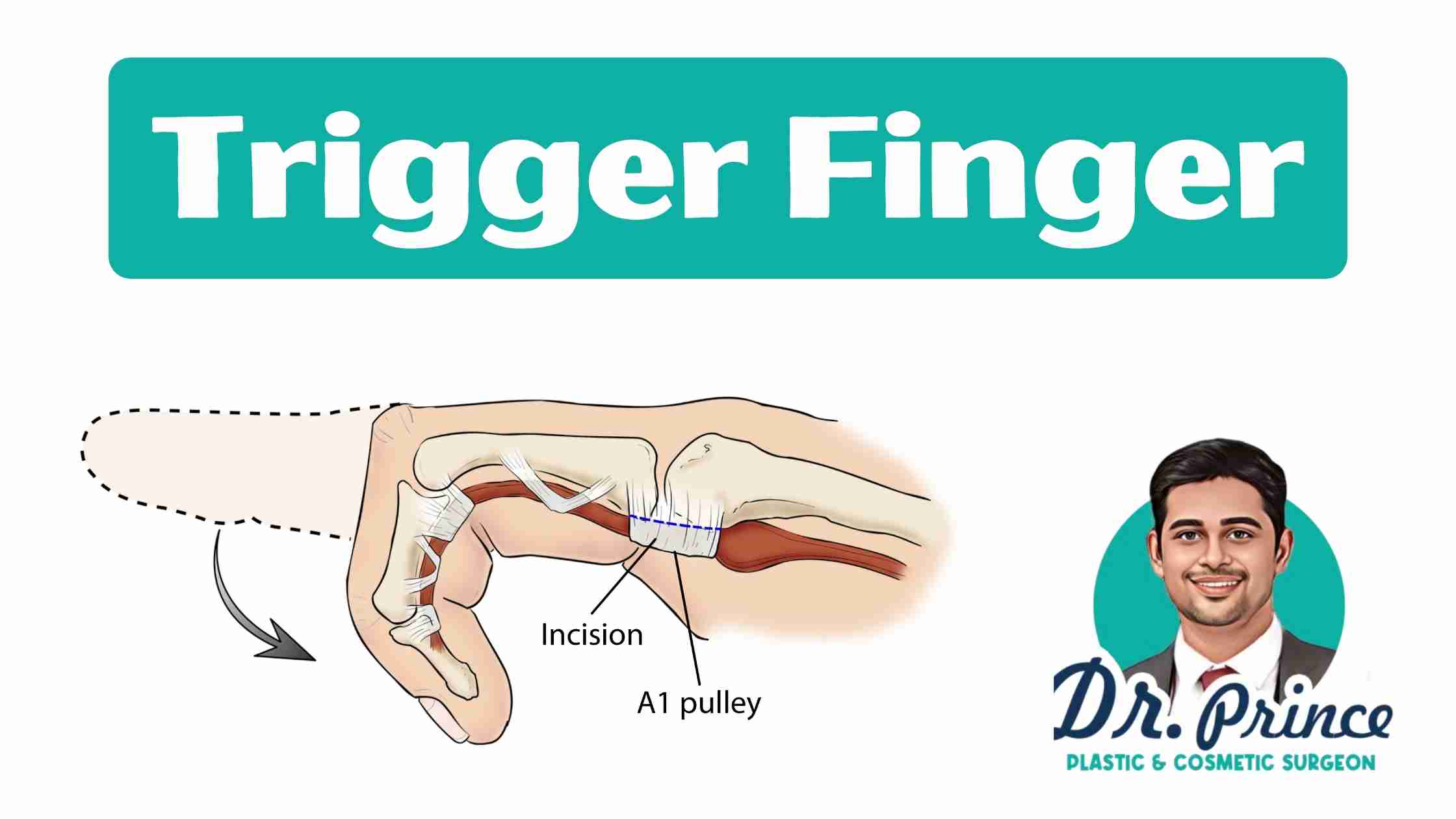Overview:
Trigger finger, medically known as stenosing tenosynovitis, is a condition where one of your fingers or your thumb catches in a bent position and then straightens with a snap — like a trigger being pulled and released. This comprehensive guide explores various aspects of trigger finger, from its symptoms to treatment options.
Symptoms:
1. Finger in the Trigger:
Explore the sensation of a finger getting stuck in a bent position and the characteristic snapping or popping when it straightens
2. Medical Condition Trigger Finger:
Understand trigger finger as a medical condition, its impact on hand mobility, and the discomfort associated with the condition.
3. Trigger Digit:
Learn about trigger digit, a term encompassing both trigger finger and trigger thumb, emphasizing the digit’s tendency to catch or lock.
4. Trigger Finger and Trigger Thumb:
Delve into the similarities and differences between trigger finger and trigger thumb, both falling under the umbrella of trigger digit conditions.
Causes:
Discover the underlying factors that contribute to the development of trigger finger, including inflammation of the flexor tendon sheath and other conditions associated with hand and finger movements.
Risk Factors:
Identify the risk factors that may increase the likelihood of developing trigger finger, such as age, gender, and certain health conditions. Understanding these factors is crucial for preventive measures.
Complications:
Explore potential complications of untreated trigger finger, including stiffness, worsening of symptoms, and decreased hand function. Timely intervention is essential to avoid complications.
Prevention:
Empower yourself with preventive measures to reduce the risk of developing trigger finger. From hand exercises to ergonomic practices, incorporating these strategies can be beneficial in maintaining hand health.
Trigger Finger Treatment:
1. Conservative Approaches:
Explore non-surgical treatments, including rest, splinting, and anti-inflammatory medications, commonly recommended for mild to moderate cases.
2. Trigger Finger Surgery:
Understand the surgical options available for more severe cases, where a minor surgical procedure aims to release the affected tendon sheath and restore normal hand function.
Conclusion:
This comprehensive guide serves as a valuable resource for individuals experiencing trigger finger symptoms or seeking information about this condition. Whether exploring conservative treatments or considering surgical options, understanding trigger finger is the first step towards effective management and improved hand health.
Frequently Asked Questions (FAQs) about Trigger Finger
Q1: What is trigger finger?
A1: Trigger finger, or stenosing tenosynovitis, is a condition where a finger or thumb catches in a bent position and then straightens with a snap, resembling the action of a trigger being pulled and released.
Q2: What are the symptoms of trigger finger?
A2: Symptoms include a finger getting stuck in a bent position, a snapping or popping sensation when straightening, and potential pain or discomfort in the affected digit.
Q3: Is trigger finger a medical condition?
A3: Yes, trigger finger is a medical condition characterized by the inflammation of the flexor tendon sheath, affecting the smooth movement of the finger or thumb.
Q4: What is the difference between trigger finger and trigger thumb?
A4: Both fall under the category of trigger digit conditions, where a digit catches or locks. The specific term used depends on whether it affects a finger or thumb.
Q5: Can trigger finger be prevented?
A5: While not always preventable, certain measures like hand exercises, ergonomic practices, and early intervention can help reduce the risk of developing trigger finger.
Q6: What are the risk factors for trigger finger?
A6: Risk factors include age, gender (more common in women), certain health conditions like diabetes, and repetitive hand and finger movements.
Q7: Are there complications if trigger finger is left untreated?
A7: Yes, untreated trigger finger can lead to complications such as increased stiffness, worsening symptoms, and decreased functionality of the affected hand.
Q8: How is trigger finger treated?
A8: Treatment options range from conservative approaches, such as rest, splinting, and anti-inflammatory medications, to more invasive measures like trigger finger surgery for severe cases.
Q9: Is trigger finger surgery always necessary?
A9: No, surgery is typically considered for more severe cases that do not respond to conservative treatments. Mild to moderate cases often respond well to non-surgical interventions.
Q10: Can trigger finger recur after treatment?
A10: In some cases, trigger finger can recur even after treatment. However, proper management, including follow-up care and preventive measures, can help minimize the risk of recurrence.










